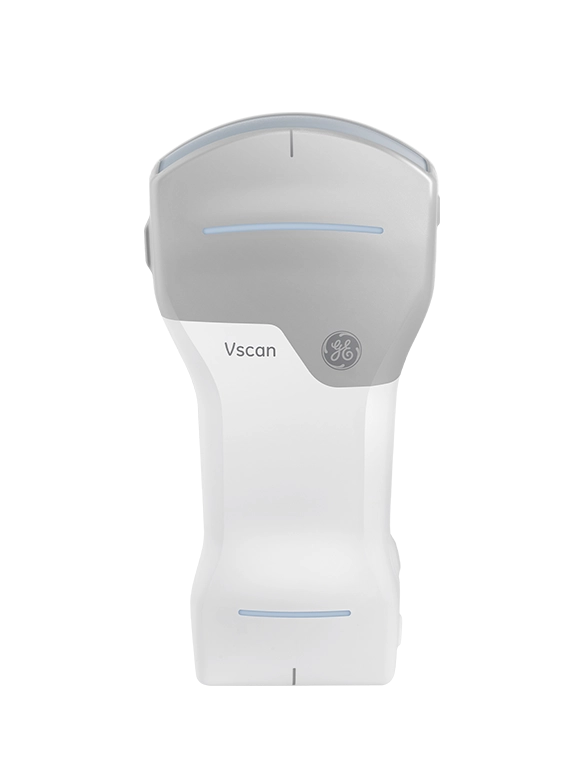

CHOOSE YOUR LOCATION
It looks like you are located in: United States.
You are visiting the European Vscan website. To see content for your specific location, choose the relevant country or region below.
Please note: Products are only available for purchase in, and shipment to, one's country of residence.
Go to United States
 Continue to Vscan.rocks
Continue to Vscan.rocks

 Language
Language 
 Clinical Specialties
Clinical Specialties





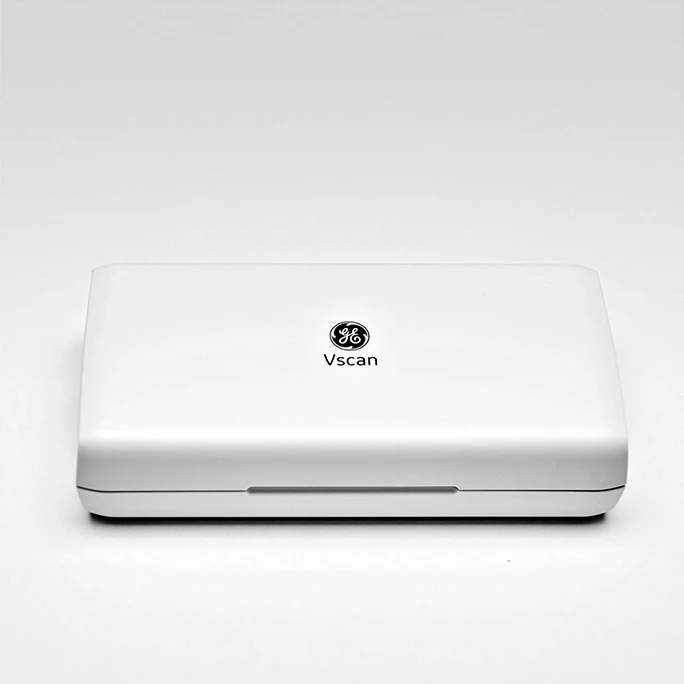
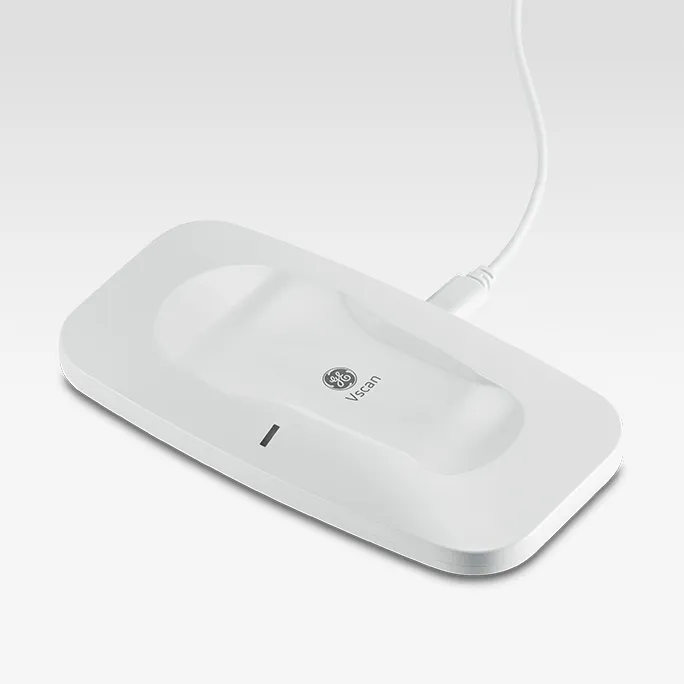
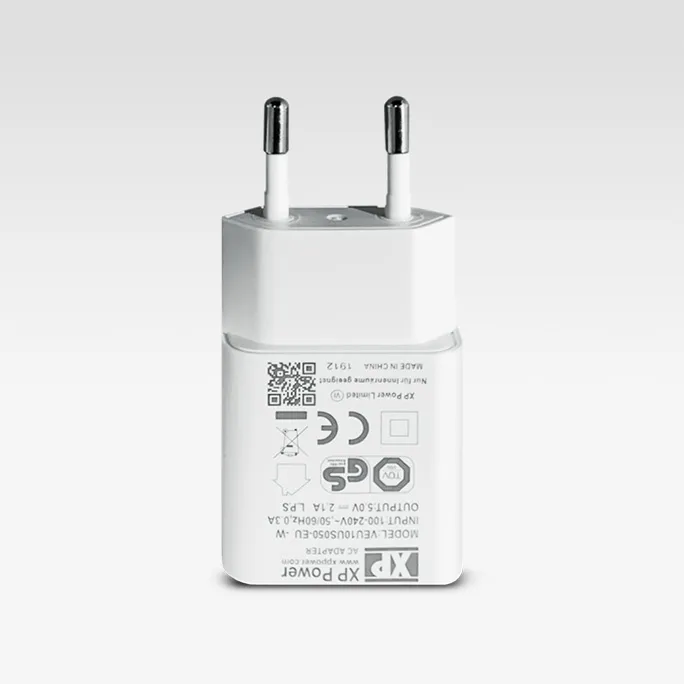
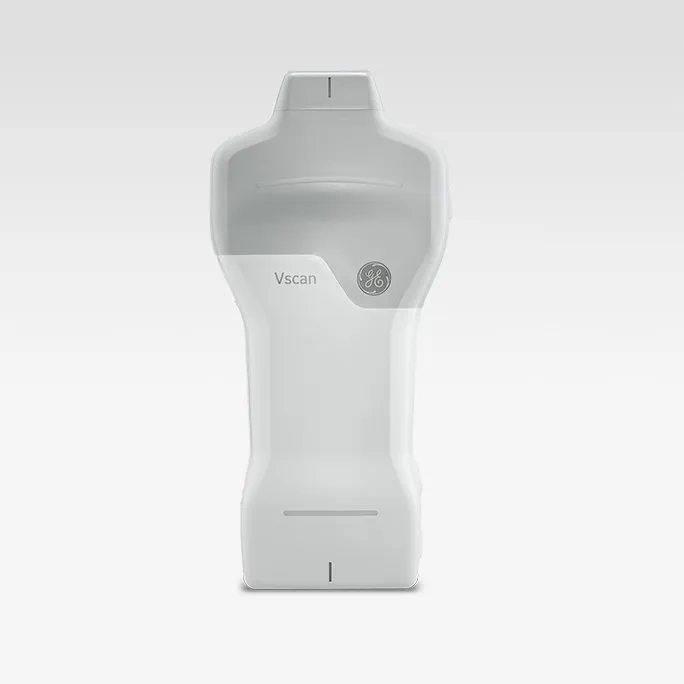


 Belgium
Belgium  Bulgaria
Bulgaria  Croatia
Croatia  Czechia
Czechia  Denmark
Denmark  Deutschland
Deutschland  España
España  Estonia
Estonia  Finland
Finland  France
France  Greece
Greece  Hungary
Hungary  Ireland
Ireland  Italia
Italia  Latvia
Latvia  Lithuania
Lithuania  Luxembourg
Luxembourg  Netherlands
Netherlands  Norway
Norway  Ă–sterreich
Ă–sterreich  Poland
Poland  Portugal
Portugal  Romania
Romania  Slovakia
Slovakia  Slovenia
Slovenia  Sweden
Sweden  Schweiz
Schweiz  UK
UK 